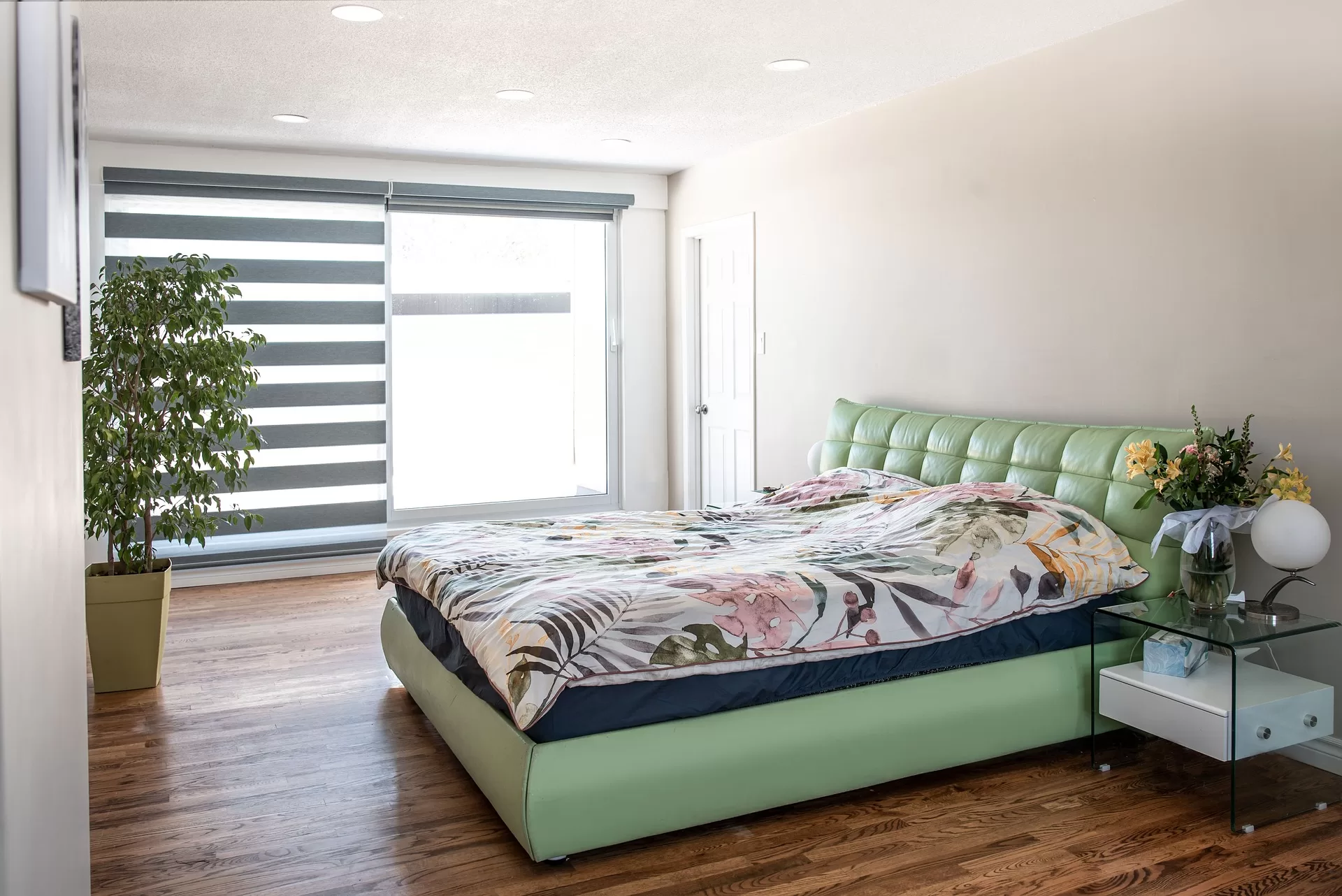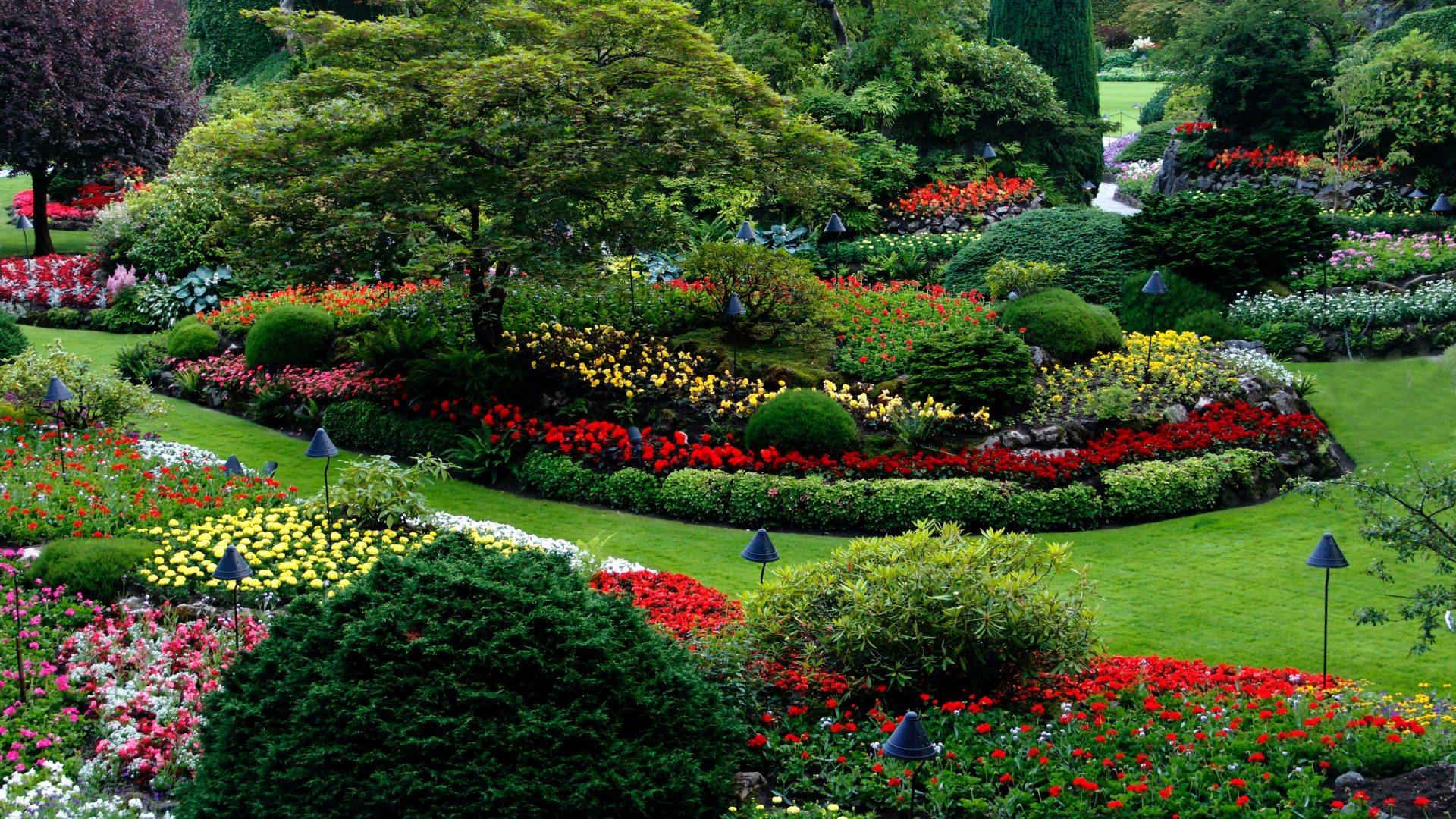 CC0 Licensed Image Courtesy of Pexels
CC0 Licensed Image Courtesy of Pexels
Designing outdoor transitions when building, remodeling, or renovating isn’t as easy as some people think. It is also often overlooked, which is thoughtless given how many buyers look for a blending of zones, such as indoor to outdoor. There are many aspects to keep in mind when it comes to the transition of zones, such as consistent colors and materials and even greenery.
Create a Smoother Flow
The transition between zones of the home is just as integral as the overall design, aesthetic, and function. In fact, a smoother flow between different parts of a house, such as indoor and outdoor, can shape the user experience, beginning with that all-important first impression. It helps to ensure transition zones are structurally sound as well as visually appealing, and driveway repair, landscaping, and even lighting details maximize the efficiency of transitions.
Keep Colors and Materials Consistent
Truly inviting and remarkable homes have one thing in common. Typically, they are designed in such a way that everything, even the smallest details, have been given a lot of thought. To blend your indoor to outdoor transition zones, colors and materials must remain complementary and consistent. Everything from the cladding on the walls, to interior color schemes must merge appropriately. This allows you to establish a unified look as you move from one area to another.
Designing Outdoor Transitions with Elements
There are many considerations to be made when enhancing outdoor spaces through functionality and aesthetics for a home that just works for you. However, a poll by the National Association Realtors found that 75% of buyers consider a spacious backyard top of the list when looking for a new property. Architectural elements and additions such as sliding glass doors, pergolas and even decking will blur the lines between indoor and outdoor zones.
Welcome the Outdoors Inside
Of course, you can always blur the lines between outside and inside by bringing natural elements into the house. Greenery, such as houseplants and outdoor plants, can further establish a sense of a unified space that offers the best of both worlds. There are, of course, health benefits to plants, such as enhanced mood and cleaner air. However, any plants used in a design scheme must also be complementary in terms of colors, texture, and even size.
Focus on the Continuity of the Space
How individual elements are arranged within transition zones, and spaces play a critical role. You can arrange furniture in such a way that frames the view to elevate the feeling of being outside when enjoying the comfort of the indoors. This feeling can be enhanced by using similar materials for rugs and cushions. Yet, let’s not forget about lighting. Lighting is an important design choice for any home, and a warm and inviting atmosphere blends transition zones well.
Summary
Ensuring a smoother flow is a key consideration when designing outdoor transitions for a more enjoyable home atmosphere. This can be further enhanced with architecture elements such as sliding glass doors, which also ensure a more suitable continuity of space between zones.











